The construction site of the gasometers within the new Bovisa-Goccia Campus of the Politecnico di Milano, designed by the RPBW studio, started. The event took place in the presence of Donatella Sciuto, Rector of Politecnico di Milano, Renzo Piano, Senator for life and Alumnus of the Politecnico di Milano, Giuseppe Sala, Mayor of the Municipality of Milan, Attilio Fontana, President of the Lombardy Region, and Anna Maria Bernini, Minister of University and Research in Italy.
The symbolic gesture to start the construction site was the planting of a tree dedicated to Federico Bucci, Pro-rector of the Mantova Campus of the Politecnico di Milano, who recently passed away.
“With the start of work on the gasometers, a new phase opens for Bovisa. From a working-class neighbourhood to a university area, Bovisa is a candidate for a third role, that of the Innovation District. A significant intervention that marks the return of white factories, those that invest in innovation, research and high-potential start-ups. A project that, thanks to the involvement of the institutions, marks a step forward for Milano and the Lombardy Region towards Europe,“
says Donatella Sciuto, Rector of the Politecnico di Milano.
The two gasometers were designed by a team with Milan Ingegneria and Betaprogetti, coordinated by architect Paolo Bodega, who also designed the Lecco Campus. The concept was developed by the Renzo Piano Building Workshop, which designed the enlargement of the Bovisa Campus of the Politecnico.
Gasometer 1 will be dedicated to sport: on three levels there will be a swimming pool, a multi-sports field and a fitness area. Gasometer 2 - Innovation Hub will be dedicated to cutting-edge research and equipped with innovative laboratories, all the technological services necessary for their operation, and spaces for teaching.

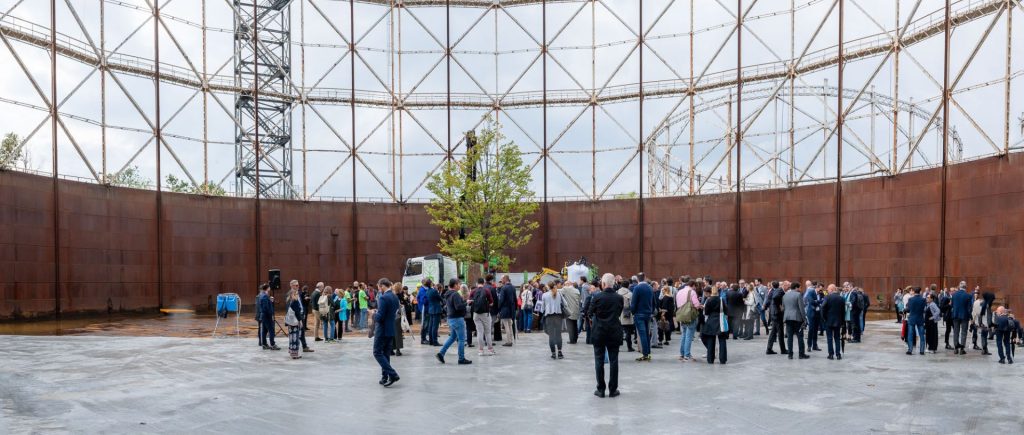
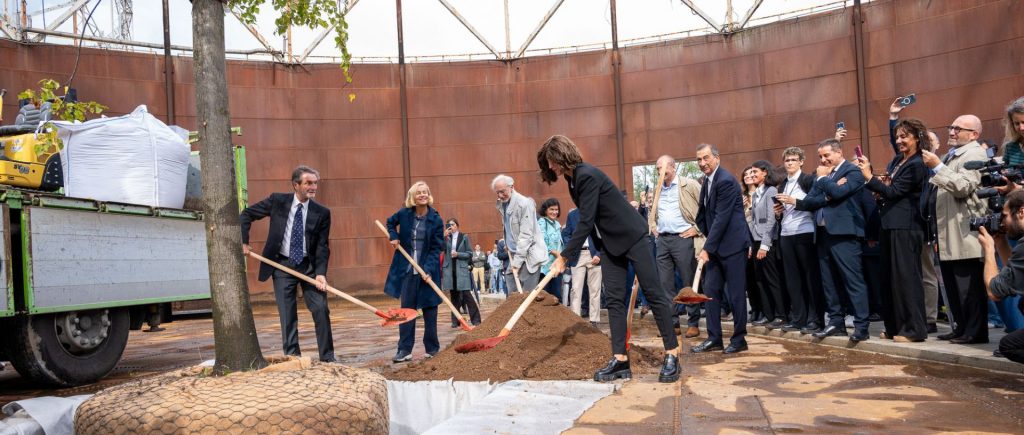
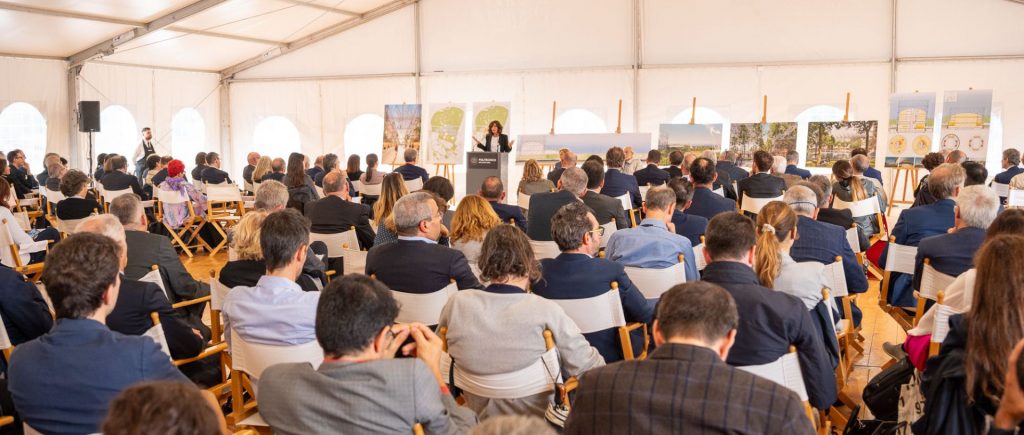
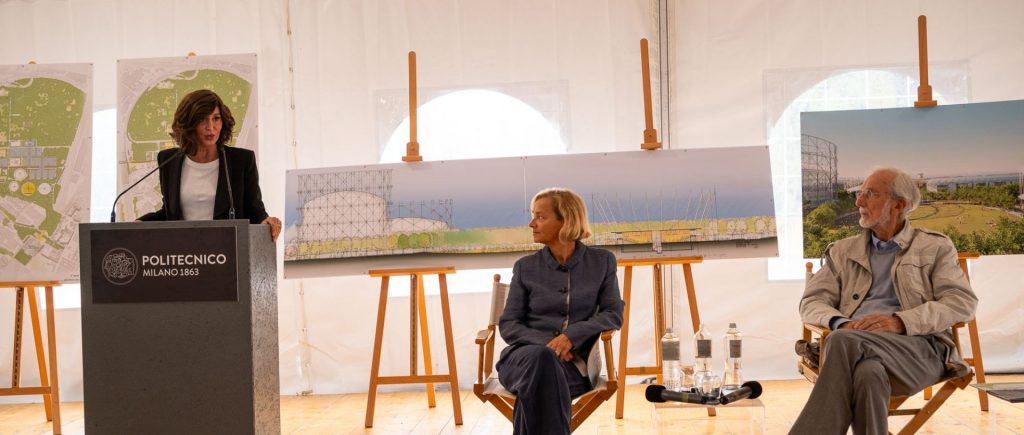
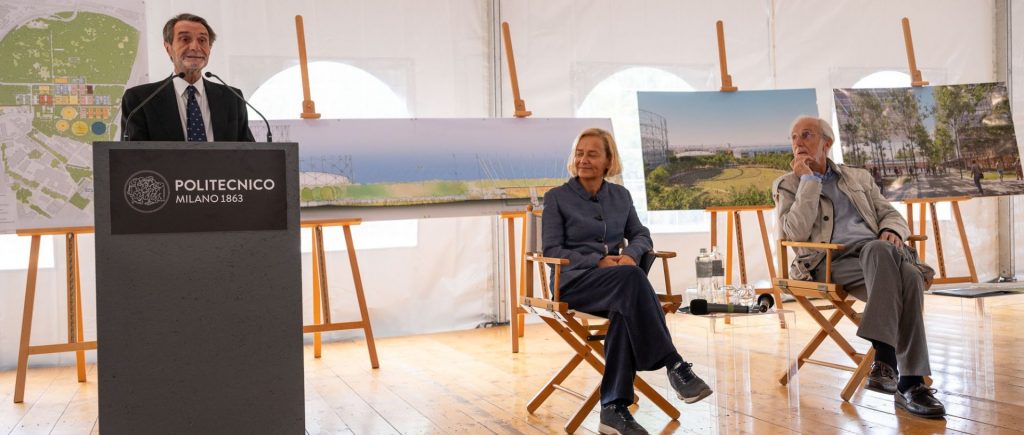

This project is part of a broader plan for the sustainable urban regeneration of the 'Bovisa-Goccia-Villapizzone' area, the future 'open, green and permeable' campus that is to be completed by 2026.
The plan, which covers a total area of 32 hectares, envisages the construction of twenty new buildings that will house classrooms, start-ups, a 1000-seat lecture hall and two university residences with approximately 500 beds; a 24-hectare forest will be preserved, while large trees will create a green connection between the buildings. There are also tree-lined pedestrian paths and a cycle-pedestrian connection between the Bovisa and Villapizzone railway stations.
The goal is to achieve energy independence and zero CO2 emissions.2.